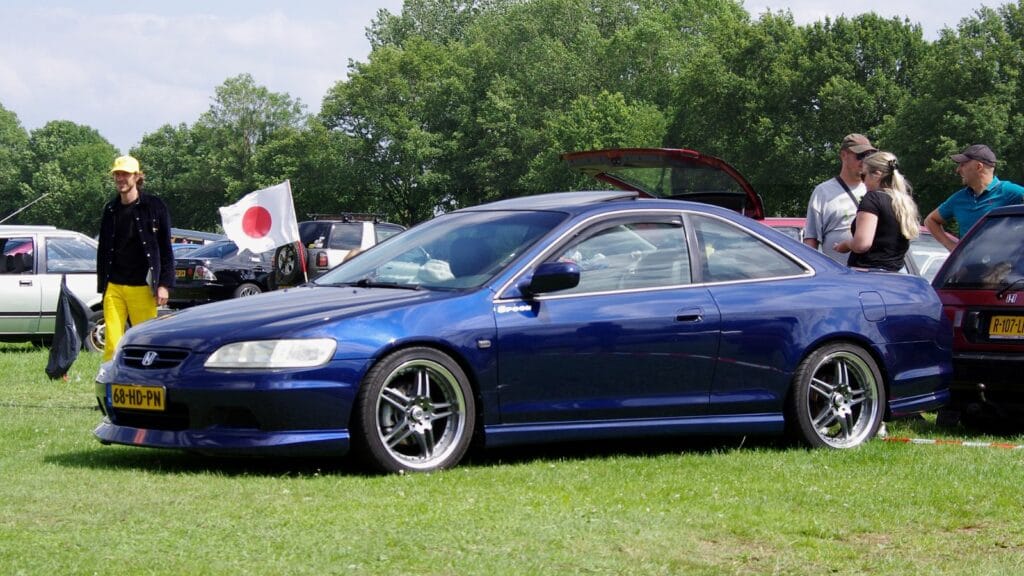In more than a century of automotive history, millions of models have come and gone, but only a handful have stood the test of time to become true legends. These are the cars that didn’t just sell well for a few years, they defined entire generations of drivers across continents. They became symbols of dependability, affordability, and smart design, selling in numbers that most automakers can only dream of. From the people’s car to the world’s favorite workhorse, these are the ten best selling cars of all time and why they earned their global fame.
Toyota Corolla
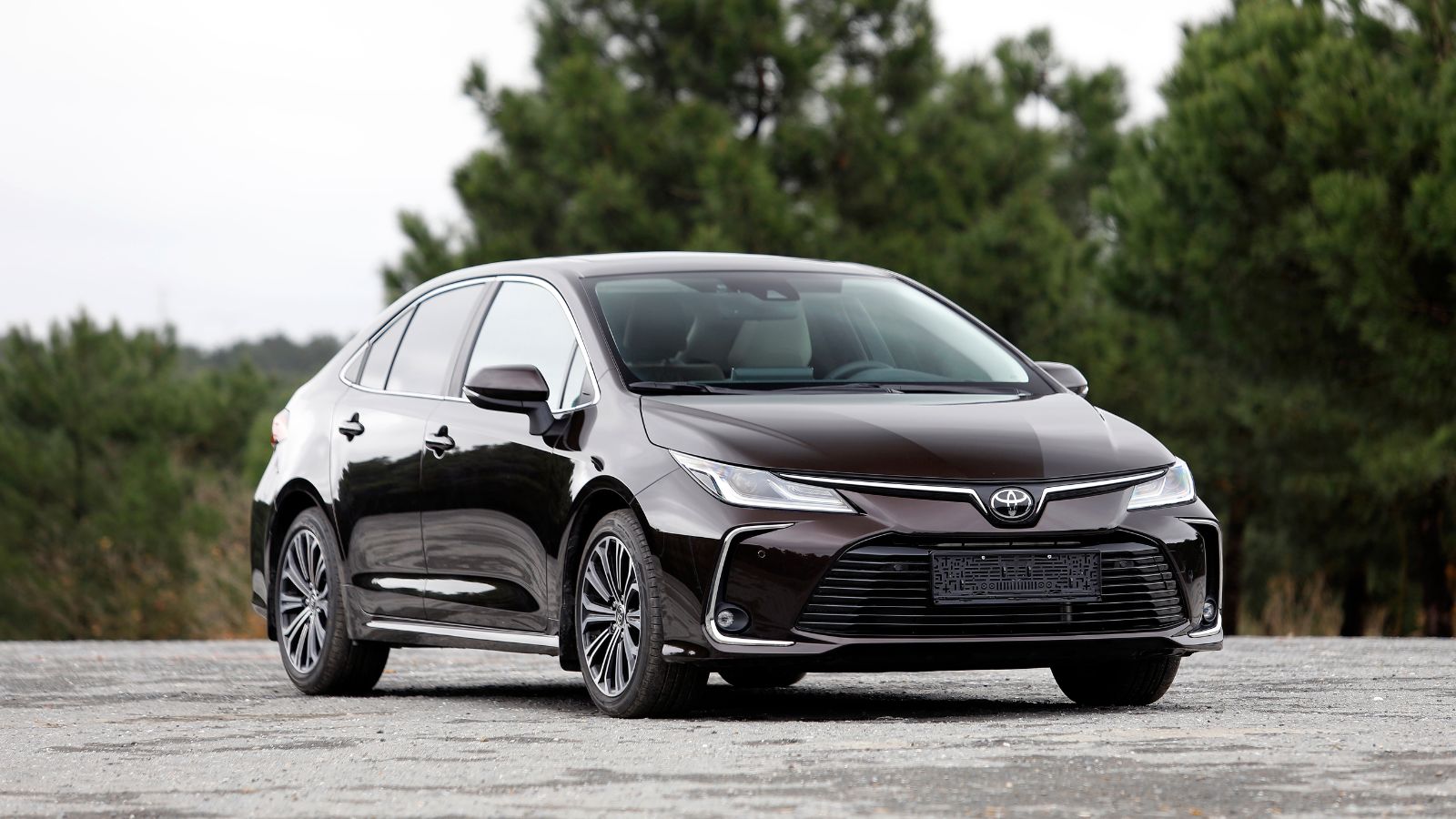
Since its introduction in 1966, the Toyota Corolla has quietly built a legacy of reliability that few cars can match. With more than 50 million units sold, it remains the best selling car in history. The secret is simple: Toyota focused on what drivers actually need efficiency, durability, and affordability.
The Corolla became a global car early on, produced in more than a dozen countries and sold almost everywhere. Whether it’s the basic commuter sedan or the sporty GR Corolla of today, the model has always reflected Toyota’s ability to deliver value and dependability. Generations of families, taxi fleets, and first time buyers have relied on it, and it continues to symbolize what everyday motoring should be: honest, affordable, and built to last.
Ford F Series

In North America, the Ford F Series isn’t just a best seller it’s a way of life. Since 1948, Ford’s family of trucks has become the ultimate symbol of American utility and toughness. With more than 40 million units sold, the F Series has been the best selling vehicle in the United States for over four decades.
The F Series succeeded because Ford constantly adapted it. What began as a rugged work truck evolved into a modern pickup with luxury interiors, advanced towing tech, and even all electric variants like the F 150 Lightning. It can haul lumber one day and take the family on vacation the next. Few vehicles embody versatility like the F Series, and that’s why it dominates sales year after year.
Volkswagen Golf

When Volkswagen replaced the Beetle with the Golf in the 1970s, it faced a monumental challenge and absolutely nailed it. With more than 35 million units sold, the Golf became Europe’s best selling car and one of the world’s most enduring models.
The Golf struck a perfect balance between practicality and fun. It offered everyday usability with precise handling and solid German engineering. The GTI version, launched in 1976, practically invented the hot hatch category and became a performance icon in its own right. Even today, the Golf continues to evolve with hybrid and electric versions while staying true to its compact, clever roots.
Volkswagen Beetle
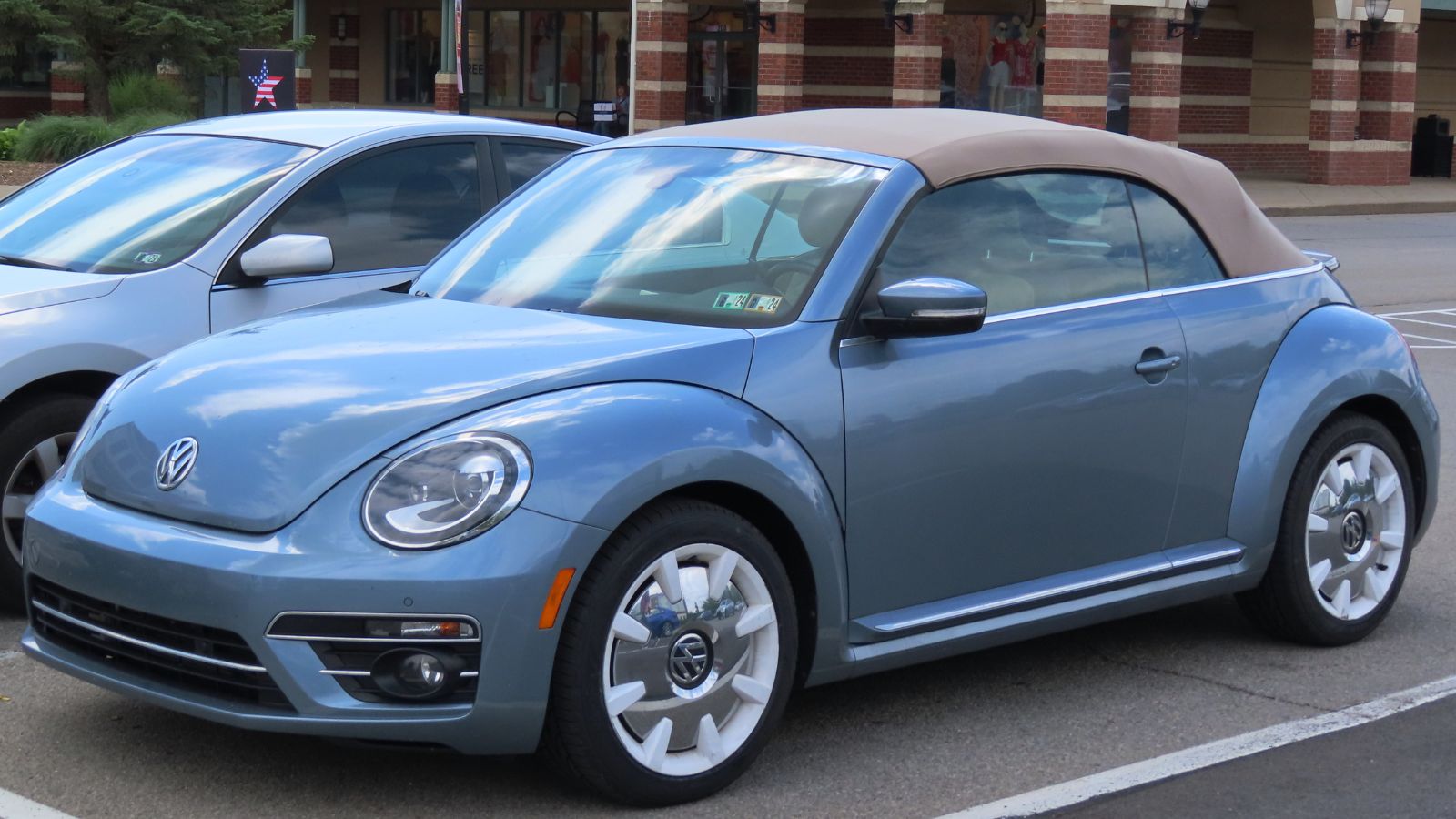
Before the Golf came the original people’s car, the Volkswagen Beetle. First produced in 1938 and mass manufactured after World War II, the Beetle became a global phenomenon. With over 21 million units sold, it was beloved for its simplicity, durability, and distinctive design.
The Beetle’s air cooled rear engine made it reliable and easy to repair, while its rounded shape gave it personality. It became more than a car it was a cultural icon. From the counterculture movement of the 1960s to its starring role in Herbie, the Beetle remains one of the most recognizable vehicles ever built.
Honda Civic

The Honda Civic arrived in 1972, just in time for the fuel crisis. Its small size, great fuel economy, and bulletproof reliability made it an instant hit. Over the decades, it evolved from a simple commuter car into a global success story, with more than 27 million units sold worldwide.
Honda built the Civic’s reputation on engineering excellence and consistency. Each generation refined the formula without straying too far from what made it great. From the high revving Si models to the hardcore Civic Type R, it also proved that small cars can be fun. The Civic helped define Honda’s reputation and remains one of the most trusted nameplates on the planet.
Ford Escort

The Ford Escort was introduced in 1968 and quickly became Ford’s most successful compact car. Built and sold across multiple continents, it achieved more than 20 million sales before being replaced by the Focus in the late 1990s.
In Europe, the Escort was known for its practicality and affordability. In America, it became a staple of the 1980s and 90s small car market. Yet it also had a sporty side, dominating rally racing in the 1970s with the Escort RS1600. The model proved that a budget car could also be exciting, and that versatility made it a global hit.
Honda Accord
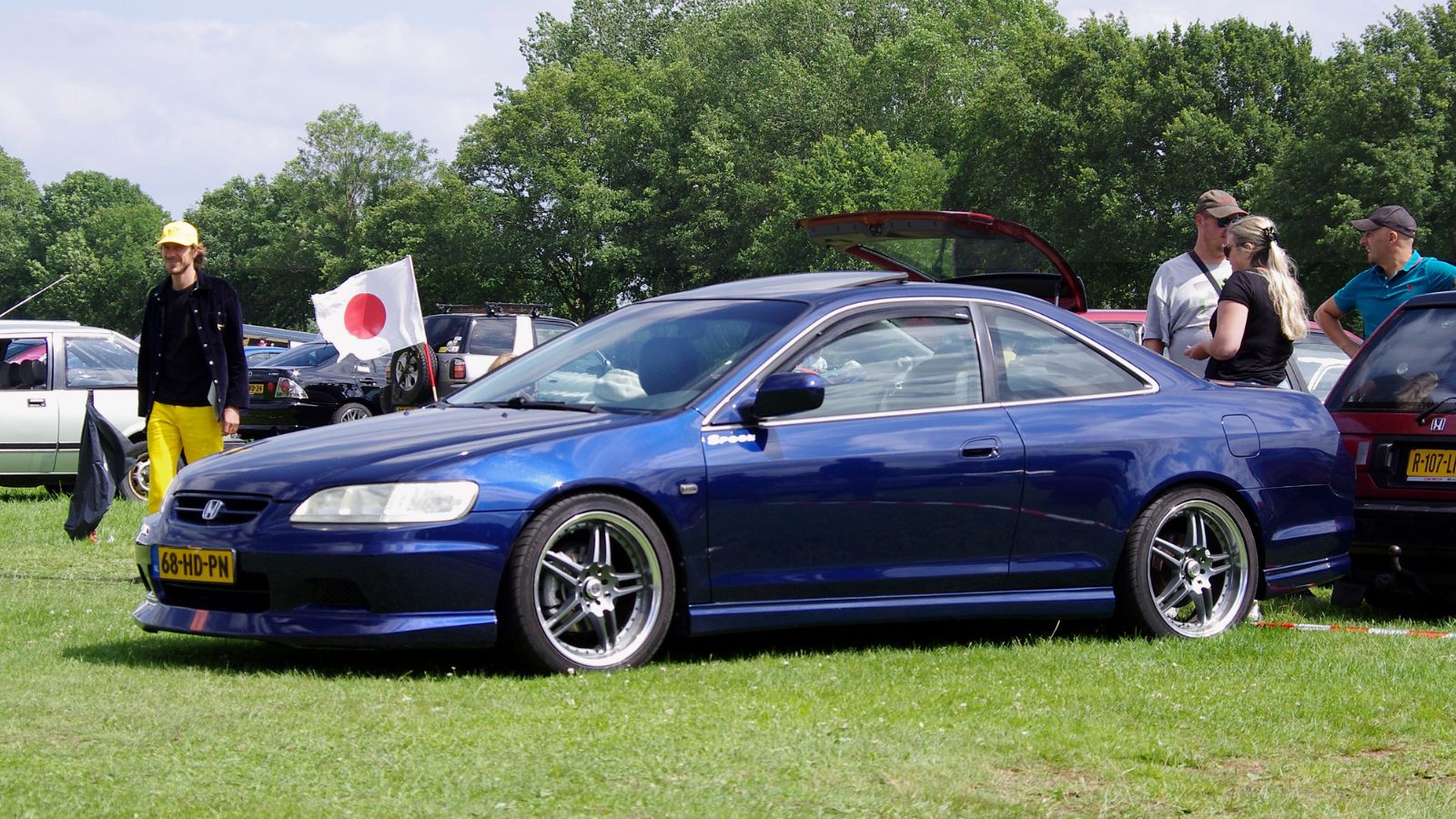
Launched in 1976, the Honda Accord quickly rose through the ranks to become one of the world’s most respected family sedans. Known for its refinement and reliability, the Accord has sold more than 18 million units globally.
The Accord’s success also marked a turning point in manufacturing history. Honda opened its first U.S. factory in Ohio in 1982 to build the Accord locally — a move that helped change how global automakers operate. The Accord became synonymous with quality and comfort, bridging the gap between economy cars and luxury sedans.
Ford Model T
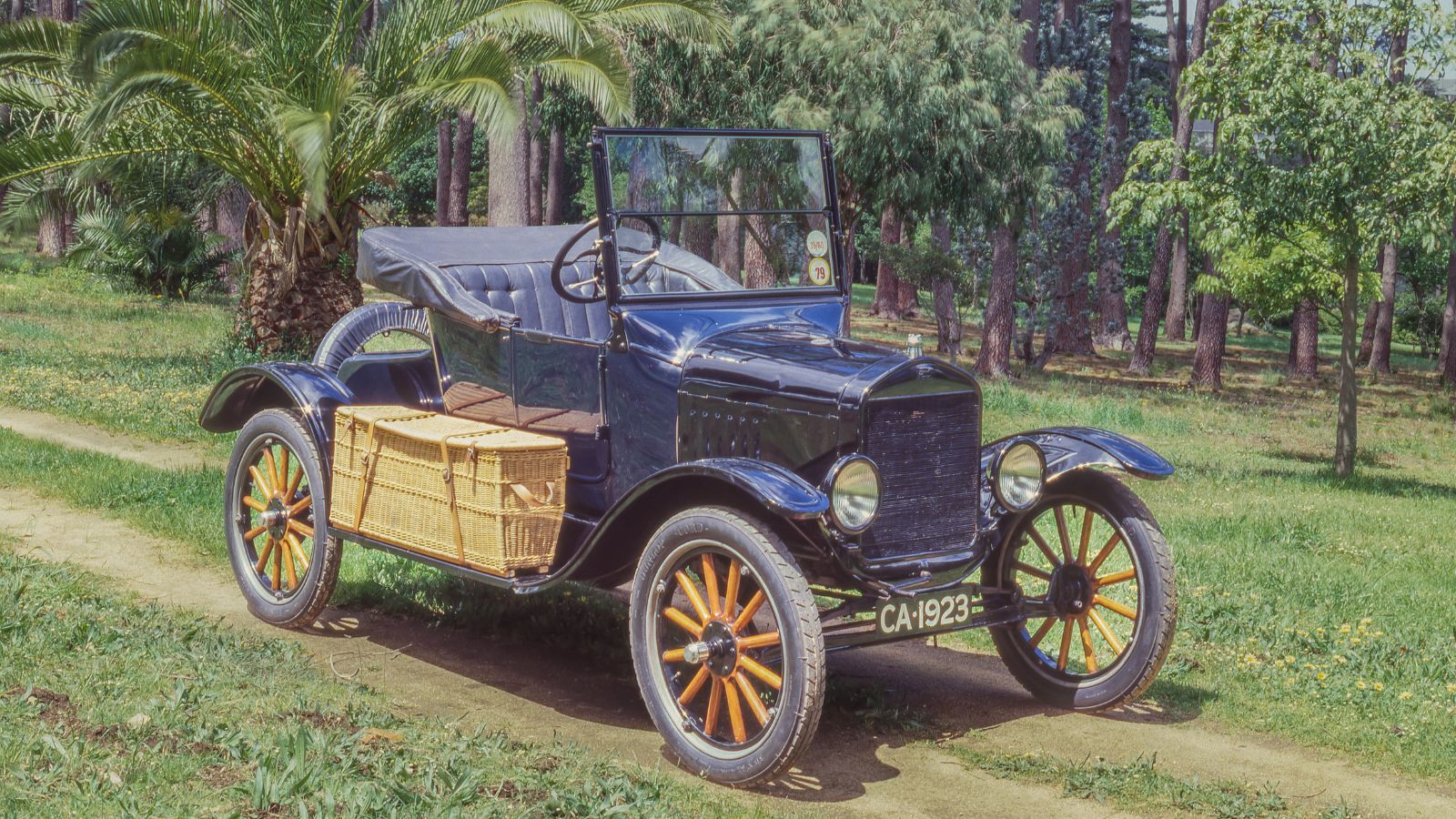
When the Ford Model T appeared in 1908, it didn’t just sell — it revolutionized the world. Henry Ford’s assembly line turned the automobile from a luxury item into something ordinary families could afford. Between 1908 and 1927, Ford built more than 16 million Model Ts, an astonishing number for its time.
It wasn’t fast or fancy, but it was tough, simple to fix, and reliable enough for dirt roads and early highways. The Model T changed how people lived, worked, and traveled, laying the foundation for the entire modern car industry.
Volkswagen Passat
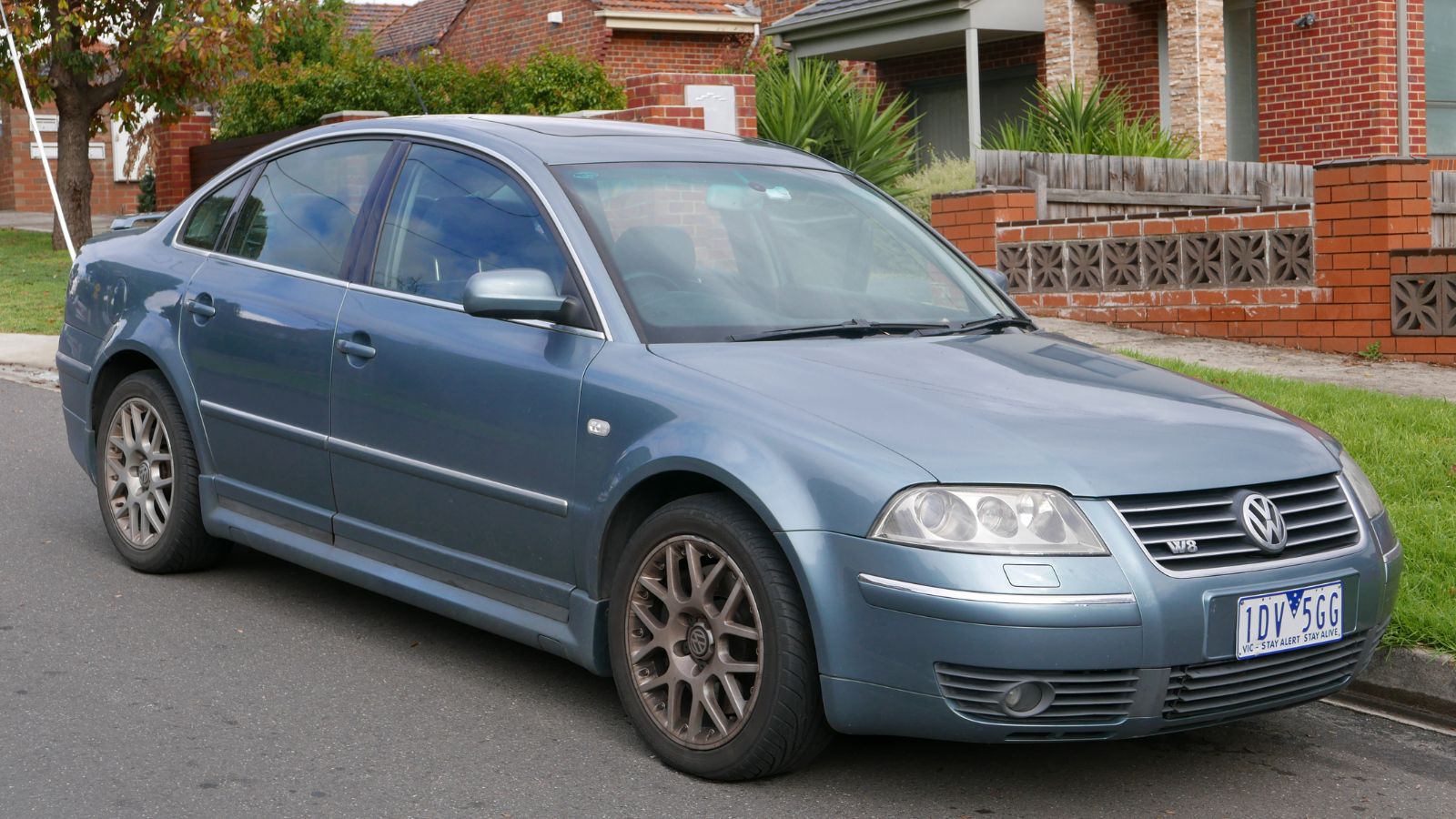
The Volkswagen Passat often flies under the radar, but with over 15 million units sold, it’s one of the most successful family sedans ever built. Introduced in 1973, the Passat became a favorite among buyers who wanted a reliable, comfortable, and well built car without spending luxury money.
Its clean design and efficient engines made it a global hit, especially in Europe and China. The Passat has evolved through many generations, offering everything from diesel economy to hybrid efficiency, always maintaining its understated appeal.
Chevrolet Impala
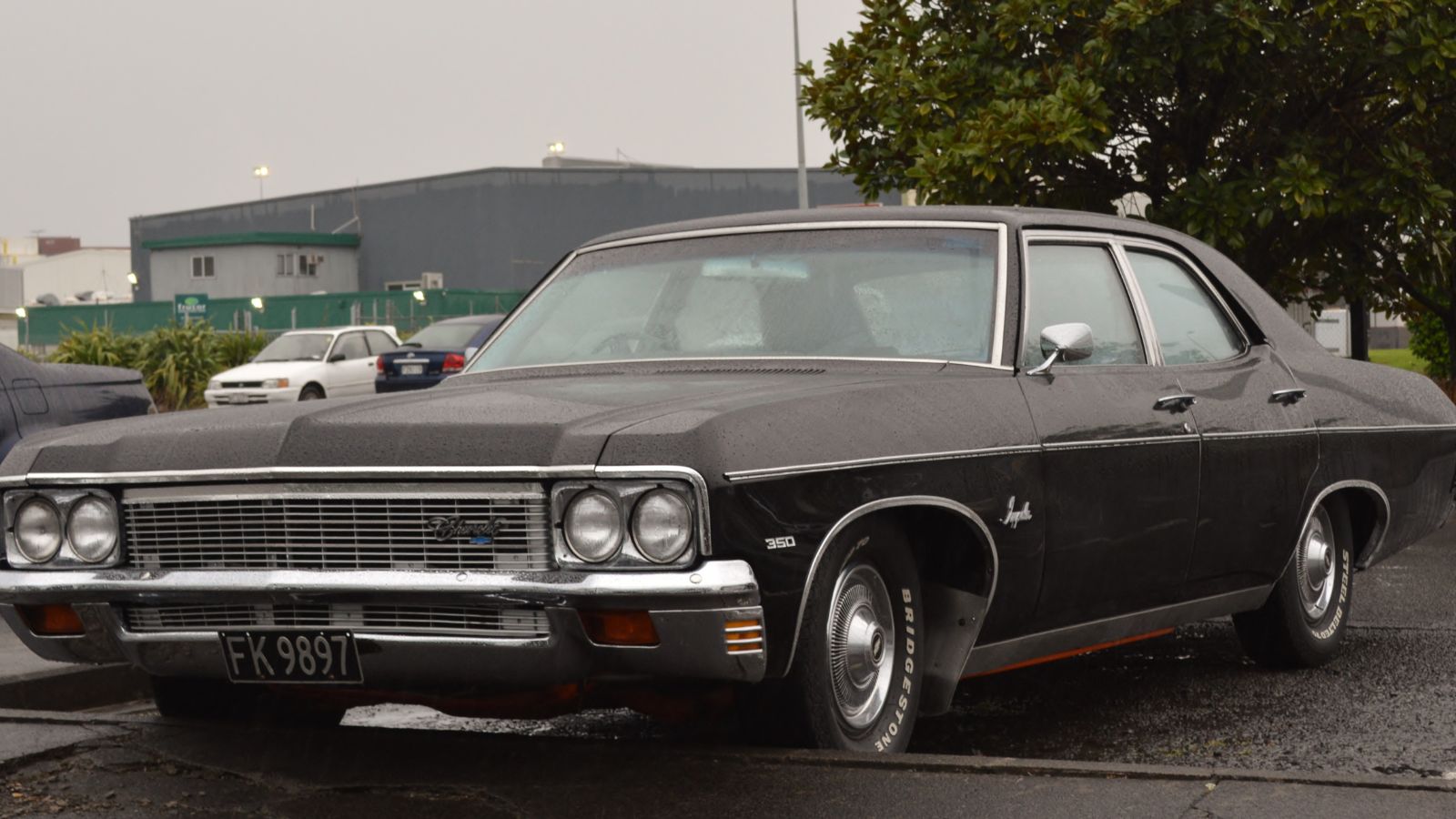
Few names in American automotive history are as recognizable as the Chevrolet Impala. First introduced in 1958, the Impala blended style, comfort, and value like few others. It became a symbol of middle class prosperity through the 1960s, selling more than 14 million units across its lifetime.
The Impala evolved from a sleek full-size cruiser to a family sedan and even served law enforcement fleets for years. Its longevity came from its versatility and timeless design. Whether it was a lowrider, a police car, or a daily driver, the Impala always found a home on American roads.
What Makes a Car Immortal
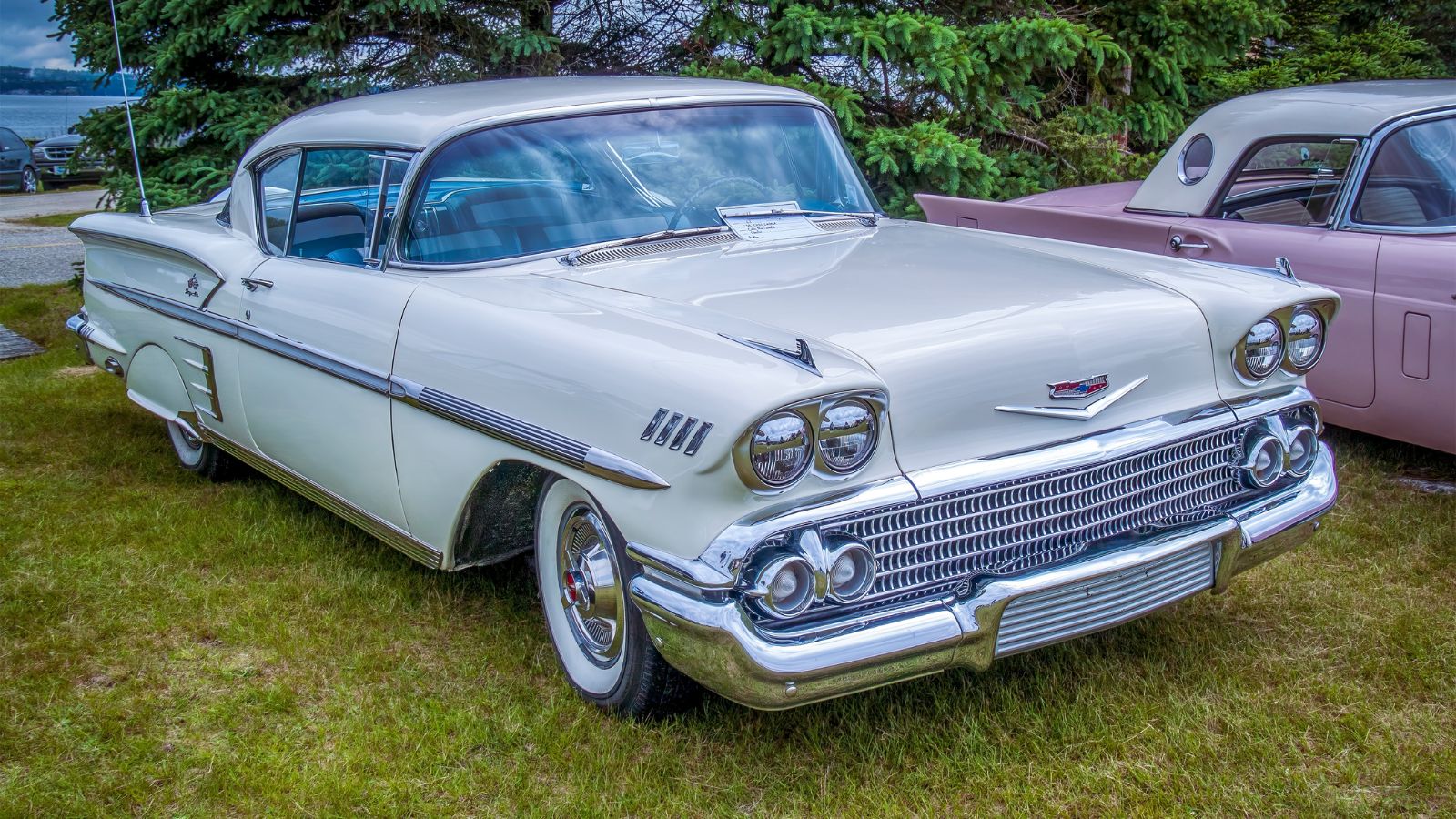
The cars that dominate history aren’t always the fastest or flashiest they’re the ones that deliver what people need, decade after decade. Each of these models has adapted to new technologies, economic changes, and shifting tastes while keeping its original promise intact.
From the affordable reliability of the Corolla to the pioneering strength of the Model T, these cars share a rare quality: trust. They became more than transportation they became family members, first cars, and dependable companions for millions around the world.
And as the industry moves into electric and autonomous driving, these best sellers remain the blueprint for what success truly looks like cars that never forget who they were built for.
25 Facts About Car Loans That Most Drivers Don’t Realize

Car loans are one of the most common ways people fund car purchases. Like any other kind of loan, car loans can have certain features that can be regarded as an advantage or a disadvantage to the borrower. Understanding all essential facts about car loans and how they work to ensure that you get the best deal for your financial situation is essential. Here are 25 shocking facts about car loans that most drivers don’t realize:
25 Facts About Car Loans That Most Drivers Don’t Realize
